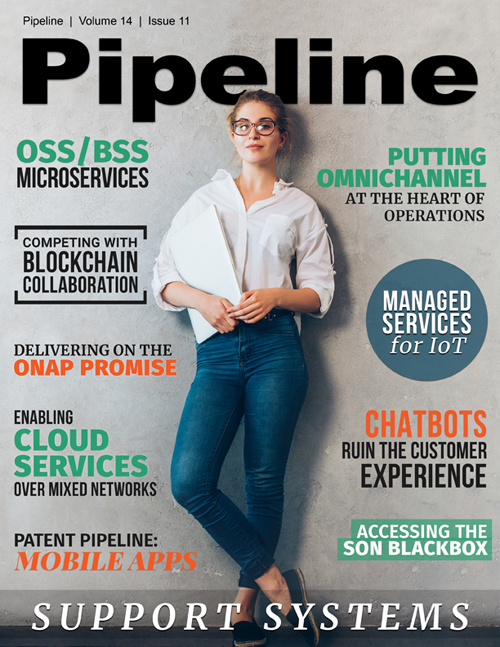Delivering on the ONAP Promise: How It Will Transform Service Provider & Enterprise Networks
ONAP’s initial release, Amsterdam, has some good functionality, but no one is under the impression that it is completely production-ready by itself, given the nature of early open-source projects. Many of the initial shortcomings are being addressed with the pending Beijing release. And with the right requirements defined and a sharp implementation team, ONAP is useful for a wide range of networks and applications.
What It Means for Service Providers, Vendors and Enterprises
Overall, ONAP is a platform to help service providers embrace virtualization. It allows them to deploy full service life-cycle orchestration and service APIs for new technologies in a programmatic, standards-based way, leveraging open-source efforts. ONAP’s architecture, which is grounded in metadata and policy, is flexible in adapting to the changing capabilities that service providers require. With add-on projects such as Acumos, an AI/ML framework, ONAP holds the promise of realizing the “intelligent network” and closed-loop orchestration the industry has long sought.
As Bill Ren, Vice President of the Network Industry & Ecosystem Development at Huawei, pointed out in this Linux Foundation Q&A blog, “Adopting ONAP as a standard means that operators can focus on service innovation rather than on the software platform itself. And vendors can focus on innovation, as ONAP removes the difficulty of OSS integration and brings an open unified marketplace for all vendors.” The ONAP community allows operators and vendors to work together and understand requirements more clearly, while offering the opportunity to test new business models, he said.
Though large enterprises aren’t directly involved in ONAP, the platform will ultimately drive improvements and flexibility in their networks, as well. The advances powered by ONAP will allow enterprises to order through their service provider’s portal, spin up new features and services faster and at less cost, and interconnect between offices and data centers more efficiently.
How to Leverage ONAP
ONAP has incredible potential and we at Datavision consider it the leading open source platform of the future, but it is still very new and many applications based in ONAP remain untested. With all of the competing platforms out there, which should you choose? How should you build it into your existing support systems? Should you wait until ONAP has proven itself past the early release stage?
We think the market has veered toward ONAP and will continue in that direction. ONAP carrier members represent a majority of the mobile subscribers worldwide, and, in a sign that it has some serious technical advantages, the project has even managed to attract Verizon as a supporter.
We advise potential adopters to work with a vendor well-versed in integration and software development in relation to BSS/OSS, and preferably a team that has experience with ONAP or its platform predecessors (ECOMP and OPEN-O). The trick is to somehow extract the benefits of this transformational code while mitigating the risk involved with early adoption. To achieve that goal, expertise and experience are key.
Industry players, regardless of their level of involvement with ONAP, are waiting anxiously for ONAP’s Beijing release, scheduled for May 24. We’re only on the second letter; what will the platform offer us as we move through the alphabet?





















